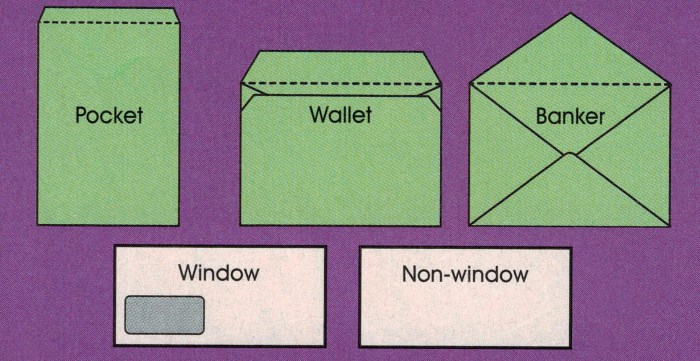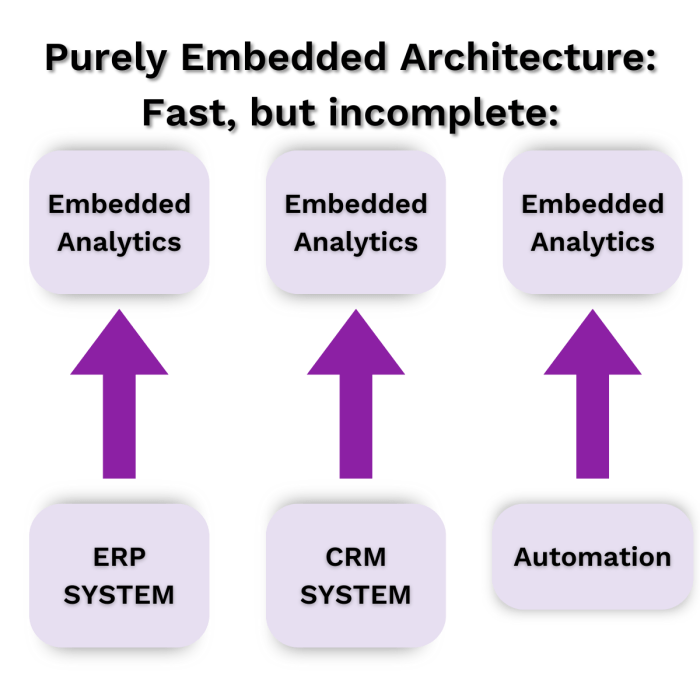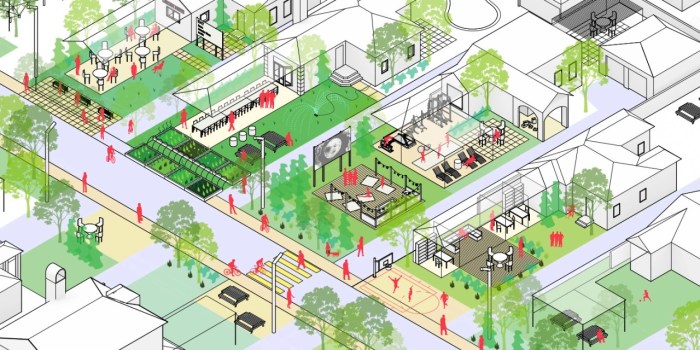Envelope Upgrades that Qualify for Green Credits: Enhancing Sustainability and Savings
Envelope Upgrades that Qualify for Green Credits sets the stage for this enthralling narrative, offering readers a glimpse into a story that is rich in detail and brimming with originality from the outset. The topic delves into various envelope upgrades that not only enhance energy efficiency but also qualify for green credits, paving the way for a greener future.
As we explore the types of upgrades, material considerations, installation techniques, and cost-benefit analysis, readers will gain a comprehensive understanding of how sustainable practices can lead to both environmental benefits and financial savings.
Types of Envelope Upgrades
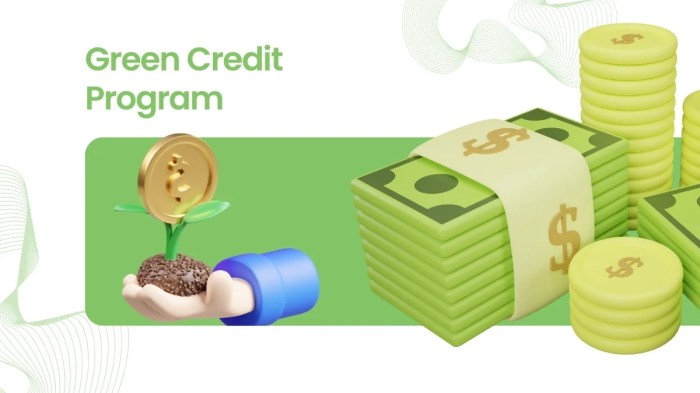
Envelopes play a crucial role in the energy efficiency of buildings. Here are some envelope upgrades that qualify for green credits:
1. Insulation Upgrades
- Installing high-quality insulation materials such as spray foam, cellulose, or fiberglass can significantly reduce heat transfer.
- Improved insulation helps maintain consistent indoor temperatures, reducing the need for heating and cooling, thus lowering energy consumption.
- By upgrading insulation, buildings can decrease their carbon footprint and contribute to a more sustainable environment.
2. Window Upgrades
- Upgrading to energy-efficient windows with low-E coatings and multiple panes can enhance thermal performance.
- These windows prevent heat loss in winter and heat gain in summer, reducing reliance on HVAC systems.
- Efficient windows also help in natural light optimization, reducing the need for artificial lighting and further saving energy.
3. Air Sealing
- Air sealing involves closing gaps and cracks in the building envelope to prevent air leakage and maintain indoor comfort levels.
- By sealing these openings, buildings can reduce energy waste associated with heating and cooling.
- This upgrade not only improves energy efficiency but also enhances indoor air quality by preventing pollutants from entering the building.
Material Considerations
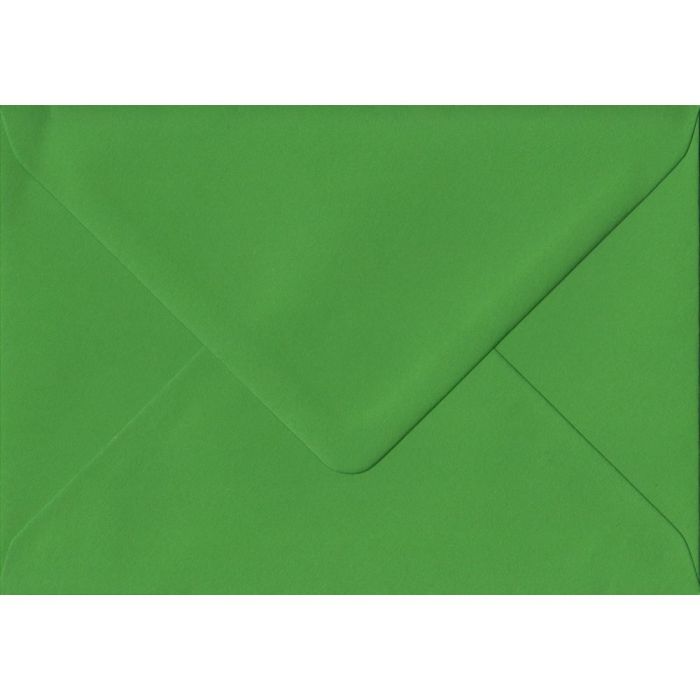
When it comes to envelope upgrades that qualify for green credits, the choice of materials plays a crucial role in enhancing energy efficiency and sustainability. Different environmentally friendly materials offer unique benefits that contribute to reducing energy consumption and minimizing environmental impact.
Comparing Different Environmentally Friendly Materials
- Bio-based Insulation: Materials such as cellulose, wool, and cotton are derived from natural and renewable sources. These materials provide excellent insulation properties, reducing heat transfer and improving energy efficiency in buildings.
- Recycled Content: Using materials made from recycled content, such as recycled paper or plastic, helps divert waste from landfills and reduce the need for virgin resources. These materials often have similar performance to traditional counterparts while being more sustainable.
- High-performance Windows: Energy-efficient windows made from materials like low-emissivity glass and insulated frames help reduce heat loss or gain, leading to lower energy consumption for heating and cooling.
- Sustainable Wood Products: Opting for sustainably sourced wood products like bamboo or FSC-certified lumber supports responsible forest management practices and helps combat deforestation.
Contributions to Energy Efficiency
- Bio-based Insulation: Provides effective thermal resistance, reducing the need for mechanical heating and cooling systems and lowering energy usage.
- Recycled Content: Minimizes the environmental impact of production processes and reduces energy consumption associated with manufacturing new materials.
- High-performance Windows: Enhances natural lighting and reduces the reliance on artificial lighting, decreasing electricity consumption.
- Sustainable Wood Products: Offers a carbon-neutral option that sequesters carbon dioxide from the atmosphere, contributing to a healthier indoor environment and reduced carbon footprint.
Examples of Sustainable Materials for Green Credits
- LEED-Certified Insulation: Materials like recycled denim insulation or cork insulation meet stringent sustainability criteria and qualify for green building certifications like LEED.
- Eco-Friendly Window Options: Double-glazed windows with low U-values and argon gas fillings are examples of sustainable window solutions that improve energy efficiency and qualify for green credits.
- Bamboo Cladding: Bamboo cladding offers a durable and sustainable alternative to traditional wood siding, providing both aesthetic appeal and environmental benefits for green building projects.
Installation Techniques
Proper installation techniques play a crucial role in maximizing the effectiveness of energy-efficient envelope upgrades. Ensuring airtightness and proper insulation during installation is essential to achieve optimal energy savings and comfort in a building.
Airtightness and Insulation
- Seal all gaps and cracks: Properly sealing any gaps or cracks in the building envelope is essential to prevent air leakage, which can significantly reduce the effectiveness of insulation.
- Use high-quality insulation materials: Choosing the right type of insulation material and installing it correctly can help maintain a consistent temperature inside the building and reduce energy consumption.
- Follow manufacturer guidelines: It is important to follow the manufacturer's instructions for installation to ensure that the envelope upgrades perform as intended and provide maximum energy efficiency.
- Consider professional installation: In some cases, hiring a professional to install energy-efficient upgrades can ensure that the job is done correctly and effectively, minimizing the risk of errors that could impact performance.
Cost-Benefit Analysis
When considering envelope upgrades, it is crucial to conduct a cost-benefit analysis to weigh the initial expenses against the long-term savings. While the upfront costs of implementing energy-efficient envelopes may seem high, the potential savings in energy bills over time can significantly offset these expenses.
Offsetting Expenses with Green Credits
One way to offset the costs of envelope upgrades is through green credits. These credits are incentives provided by governments or organizations to encourage sustainable practices. By investing in energy-efficient envelope upgrades, companies can earn green credits, which can be used to reduce taxes or receive financial incentives.
Real-World Examples
- Company A upgraded the insulation and windows of their office building to improve energy efficiency. As a result, they were able to qualify for green credits from the local government, which helped cover a significant portion of the upgrade costs.
- Building B installed a cool roof and reflective coatings on their envelope to reduce heat absorption and lower cooling costs. This initiative not only led to substantial energy savings but also earned them green credits that benefited their bottom line.
- Organization C invested in a complete envelope overhaul, including air sealing and insulation improvements. By leveraging green credits for their sustainable efforts, they not only enhanced the comfort and energy efficiency of their building but also saw a positive return on investment in the long run.
End of Discussion
In conclusion, Envelope Upgrades that Qualify for Green Credits highlights the importance of integrating eco-friendly solutions into building practices. By taking advantage of green credits through envelope upgrades, individuals and companies can contribute to a more sustainable world while reaping the rewards of energy efficiency and cost savings.
FAQ Section
Are green credits applicable to all types of envelope upgrades?
Green credits typically apply to envelope upgrades that meet specific energy efficiency criteria set by relevant authorities or certification programs.
How do sustainable materials contribute to energy efficiency in envelope upgrades?
Sustainable materials such as recycled insulation or low-emissivity windows can improve thermal performance, reducing energy consumption and enhancing overall efficiency.
What are some tips for ensuring airtightness and insulation during envelope upgrade installations?
Properly sealing gaps, using high-quality insulation materials, and following recommended installation techniques can help ensure airtightness and optimal insulation in envelope upgrades.
How do green credits offset the expenses of envelope upgrades?
Green credits provide financial incentives or rebates to offset the initial costs of implementing energy-efficient envelope upgrades, making sustainable practices more economically viable.
Can residential buildings benefit from green credits for envelope upgrades?
Yes, residential buildings that undergo energy-efficient envelope upgrades meeting green credit criteria can also benefit from cost savings and environmental advantages.

